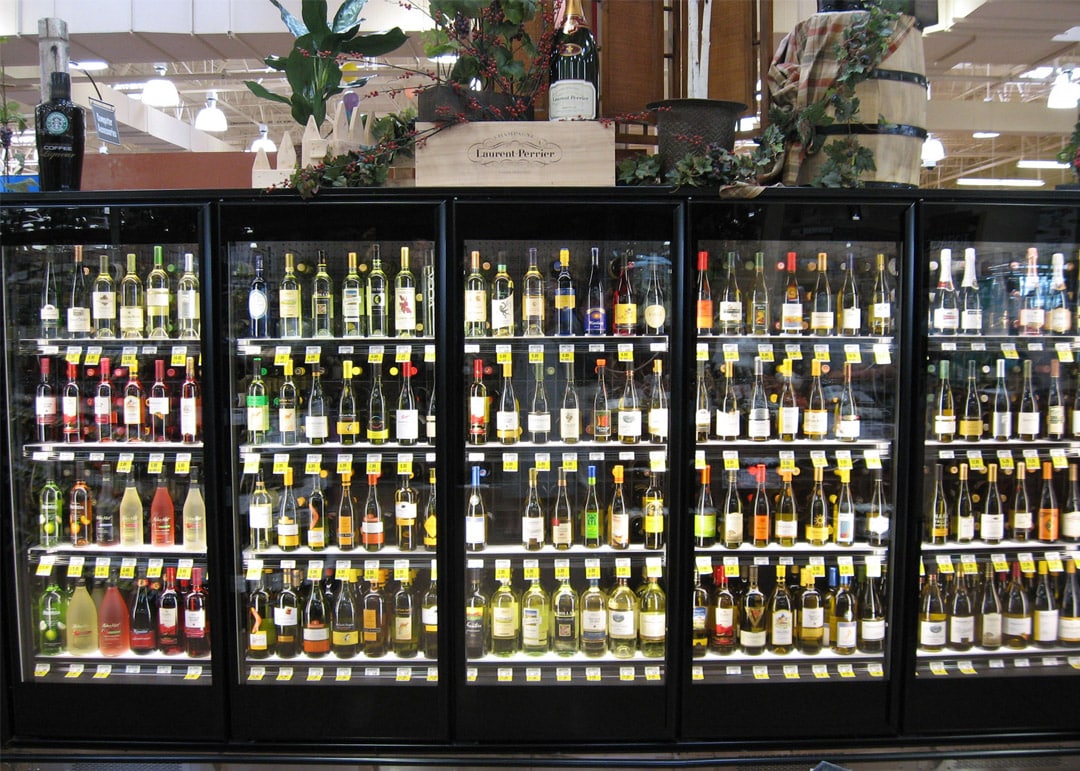How Retailers Can Take Advantage of the Surge in Demand for Alcoholic Beverages

The pandemic has caused a lot of disruption and change in the consumers’ minds and behaviors in the food retail industry. One prevalent trend that has sprung throughout the coronavirus pandemic is the surge in demand for alcoholic beverages.
Though the increase in alcohol sales was unexpected by some retailers, consumers are clearing out shelves buying beer, wine, and spirits throughout the lockdown period. According to Nielsen’s market data, total alcohol sales outside bars and restaurants increased about 24% during the pandemic.
Several factors have come into play supporting an increase in demand for alcoholic drinks, including a shift in customer buying behavior and habits, on-premise closures, and an overall increase in alcohol consumption.
This growth opens a lot of opportunities for food retailers of all sizes to innovate and strategize to capitalize on increased demand. Here are some ways food retailers could take advantage of the current surge in alcohol demand:
Online Alcohol Platforms are Booming
From ready-to-eat meals to groceries, e-commerce platforms have dominated the retail space during this time. Even alcoholic beverages are seeing a significant increase in online sales. According to IWSR, the leading source of insights on the global beverage alcohol market, online sales of alcohol in the US were expected to reach $5.6 billion at the end of 2020.
It is high time for brick-and-mortar stores to put e-commerce strategies in place as people continue to stock up on essentials and buy even alcoholic beverages online.
Innovative In-store Merchandising
Since most restaurants at the start of the pandemic temporarily halted operations due to health protocols, customers have chosen to visit their local food retail stores to stock up on booze. According to IRI data, in 2020, alcohol sales reached $4 billion in the grocery channel. This provides a huge opportunity for retailers to be innovative in their merchandising strategies like putting their alcohol department into the spotlight. Retailers should take advantage of this time and display their alcoholic beverages front and center in unique and top-of-the-line display cases that create a compelling shopping experience. One supermarket in Washington D.C. creatively transformed its alcohol beverage section into a 500-bottle walk-in cellar, a spirits room with an on-call wine steward.
With the right mix of merchandising and positioning, alcoholic beverage sales are expected to continue their growth. This unanticipated trend in 2020 is clear evidence that no matter how difficult the situation gets in the food retail industry, we will always manage to adapt, spin-off, and recalibrate our strategies.